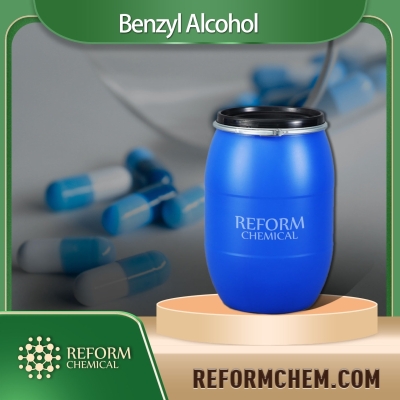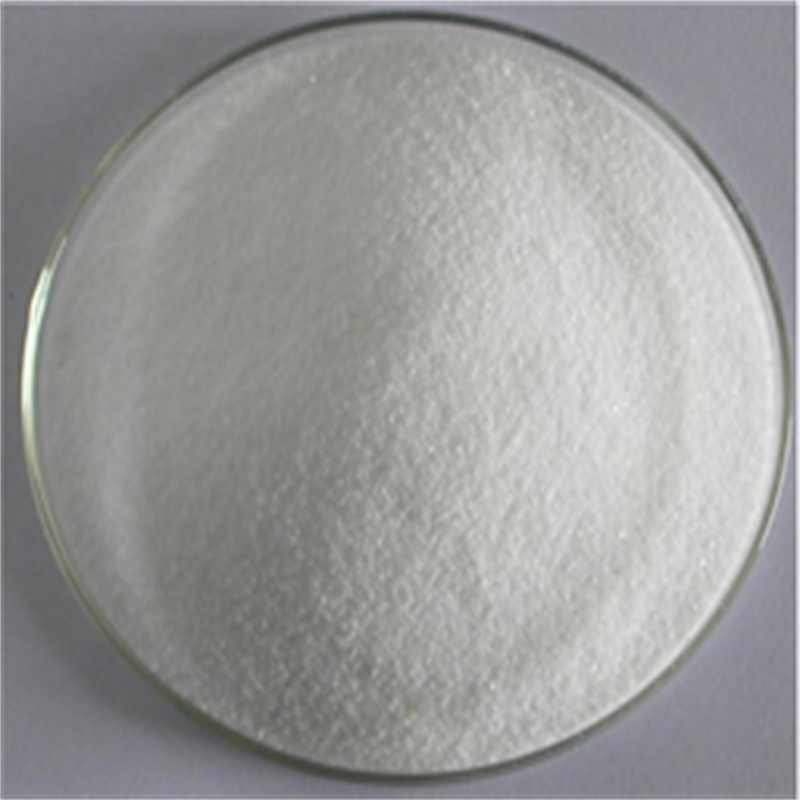-
Categories
-
Pharmaceutical Intermediates
-
Active Pharmaceutical Ingredients
-
Food Additives
- Industrial Coatings
- Agrochemicals
- Dyes and Pigments
- Surfactant
- Flavors and Fragrances
- Chemical Reagents
- Catalyst and Auxiliary
- Natural Products
- Inorganic Chemistry
-
Organic Chemistry
-
Biochemical Engineering
- Analytical Chemistry
-
Cosmetic Ingredient
- Water Treatment Chemical
-
Pharmaceutical Intermediates
Promotion
ECHEMI Mall
Wholesale
Weekly Price
Exhibition
News
-
Trade Service
Extubation should be planned in advance and performed
when conditions are optimal.
After risk stratification, including tolerance of extubation risk and predicted reintubation difficulties, an individualized plan should be followed aimed at minimizing complications and eliminating preventable reintubation
.
Physiologic reactions that predispose to extubation, including severe cough, hypertension, tachycardia, breath holding, and laryngospasm, severely affect the quality of arousal and may lead to serious complications
.
How to minimize the physiological response during tracheal extubation is an issue
that anesthesiologists should be concerned about when managing patients after surgery.
lidocaine
Lidocaine can be given topically, intravenously, or using a tracheal cuff as a delivery system
.
Topical and intravenous (IV) lidocaine has the fastest onset of action, but if given at the time of intubation, it may no longer be effective at extubation (unless regiven).
Alkalinized and non-alkalized lidocaine diffuses from the endotracheal cuff, improving endotracheal tolerance and reducing cough, agitation, and haemodynamic changes
during extubation.
Opioids
Low-dose opioids also suppress the hemodynamic response
in cough and tracheal extubation.
Opioid regimens used for this purpose must balance the expected antitussive effect with the possibility of
excessive sedation and respiratory depression.
Refentanil may be the most suitable opioid for this purpose because of its extremely short duration of action, although fentanyl, fentanyl, and morphine have all been used
.
The beneficial effects of remifentanil were reported in a trial that included 70 women who underwent thyroidectomy and were randomized to receive lidocaine bolus (1.
5 mg/kg) or continued low-dose remifentanil
by targeted infusion (effect site concentration 2.
0 ng/mL) at the end of surgery.
Patients in the remifentanil group had a lower incidence of cough (20.
6% versus 72.
7%), lower mean arterial pressure and lower heart rate, but no difference
in wake time, sedation, or respiratory rate compared with the lidocaine group.
Dextmedetomidine
Dexmedetomidine administration by infusion or bolus has been reported to attenuate the hemodynamic response during extubation and awakening from anesthesia, as well as the incidence
of severe cough.
Dexmedetomidine reduces heart rate and blood pressure dose-dependently and can cause hypotension and bradycardia
.
However, in one small study, a low bolus dose of 0.
5 mcg/kg administered 5 minutes before the end of surgery within 60 seconds reduced cough and moderately reduced systolic blood pressure and heart rate salty compared
with patients receiving the following treatment.
Of the 30 patients receiving dexmedetomidine, 1 developed bradycardia and 3 developed hypotension
.
A network meta-analysis and systematic review of randomised controlled trials comparing multiple pharmacological regimens in adults found that remifentanil, dexmedetomidine and fentanyl were the most successful methods
of suppressing severe cough upon awakening.
Antihypertensive/antiarrhythmics
Various antihypertensive or antiarrhythmic drugs have been used to reduce the hemodynamic response
at extubation.
Short-acting agents may be preferred to avoid hypotension
after extubation.
Options include calcium-channel blockers (e.
g.
, clovidipine 1 mg/hour IV, nicardipine 100 to 500 mcg IV) and β blockers (e.
g.
, esmolol 1.
5 to 2 mg/kg IV, labetalol 5 to 20 mg IV, metoprolol 1 to 5 mg IV
).
Contactless technology
The "no-contact" technique involves extubation in a quiet environment without irritating the patient
.
Small studies in children and adults have shown that contactless techniques may be associated with
a low incidence of cough and laryngospasm.
For this type of extubation, carefully aspirate the pharynx while the patient is still under deep anesthesia after ensuring adequate reversal of the
neuromuscular block.
As the level of anesthesia decreases, spontaneous ventilation is established, allowing the patient to wake up without any form of stimulation, including those that typically occur upon awakening (e.
g.
, transfer of the patient from the operating table to the bed, removal of tape and adhesive pads, aspiration through endotracheal intubation).
Once the patient responds to their name and opens their eyes and mouth as requested, assuming other criteria are met, the tube
can be extubated.
Deep extubation
Deep extubation may be performed to reduce emergency phenomena
such as cough, nervousness, laryngospasm, and hemodynamic stress.
However, extubation prior to protective laryngotracheal reflexes and upper airway reflexes and recovery of upper airway tone may increase the risk of
aspiration and airway obstruction.
Therefore, deep extubation should not be performed in patients who are expected to have difficulty in mask ventilation or reintubation
, and in patients at increased risk of inhalation.
Difficult Airway Association extubation guidelines treat deep extubation as an advanced technique and should be reserved for low-risk patients
.
Deep extubation
should not be performed until the end of pain or other nociceptive stimuli.
Provides high FiO2
.
Muscle relaxation is reversed and adequate spontaneous ventilation
is established.
Aspirate the pharynx to deflate the tracheal cannula cuff and remove the tracheal cannula while maintaining anesthesia at a depth
sufficient to avoid coughing or changing breathing patterns.
Oxygen is provided by a mask, with simple airway manipulation as needed to maintain patency
.
Bailey
The Bailey manoeuvre (replacing ETT with SGA while the patient is still under deep anesthesia) is an alternative to deep extubation and, if successful, maintains airway control
.
This technique may be beneficial in patients who are more prone to airway reactivity, as SGA is generally better tolerated than ETT
during anesthesia awakening.
However, a failed technique may convert the controlled airway to airway loss
.
This technique needs to be practiced in non-critical airways and is considered an advanced extubation technique
.
Proper implementation of the technique provides additional advantages
.
After muscle relaxation antagonism, SGA is well fixed and autoventilation
can be restored (and evaluated) with controlled depth of anesthesia and supplemental oxygen radicals.
It isolates the secretions of the larynx and allows unhindered observation of the glottis and subglottic anatomy and function using a flexible endoscope.
This is particularly useful
in patients with suspected abnormal vocal cord movements, laryngeal nerve dysfunction, or tracheomalacia.
Note/run







